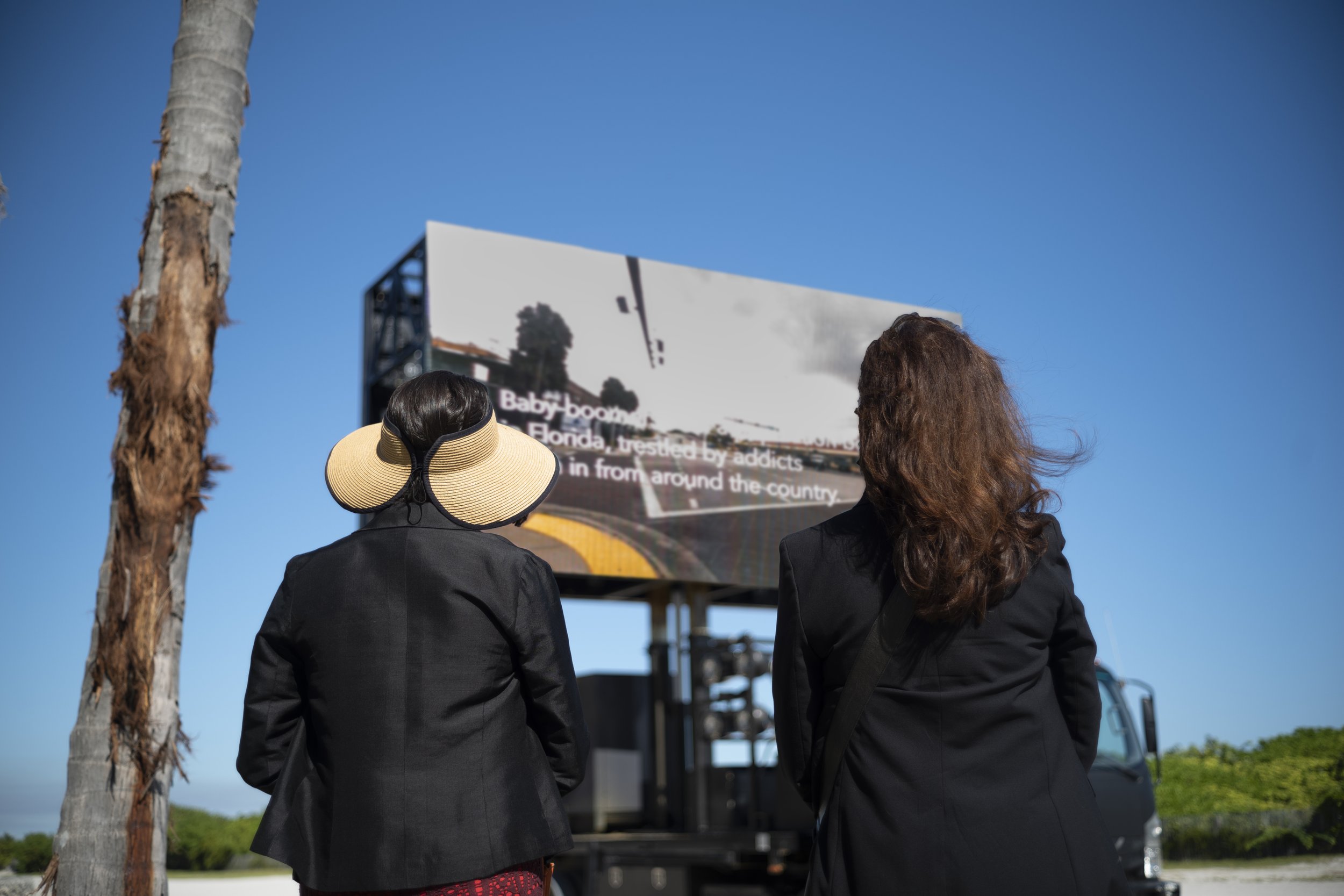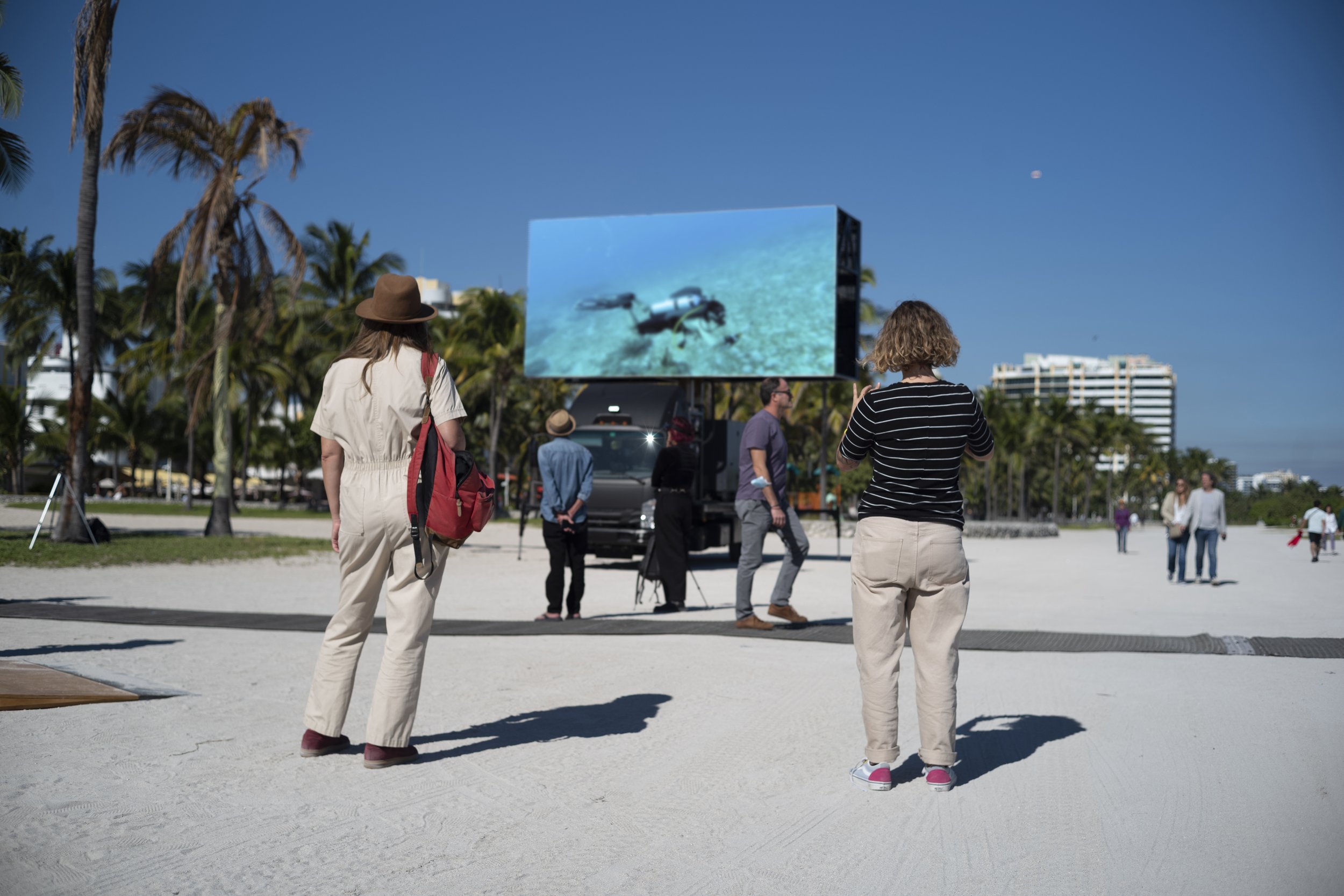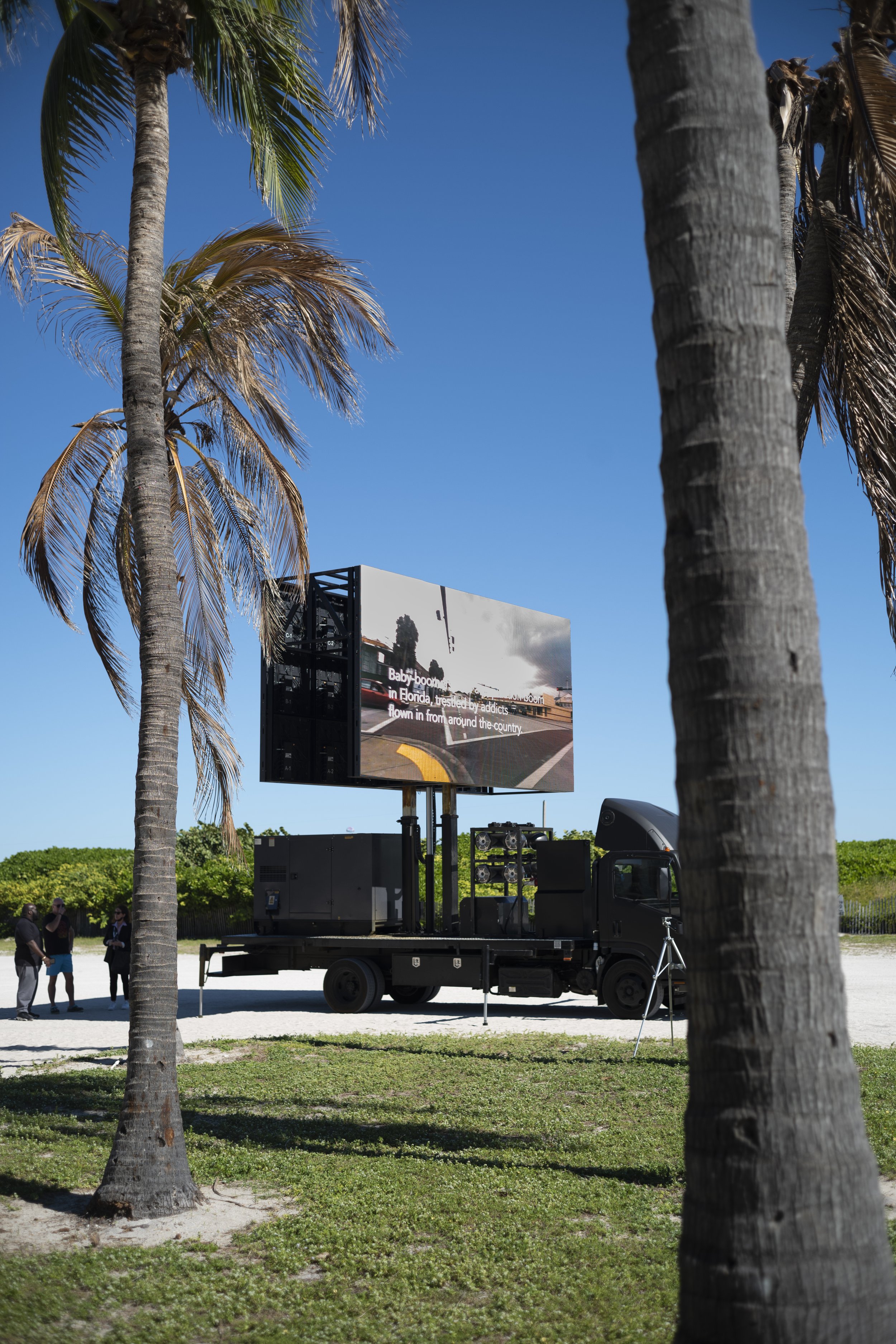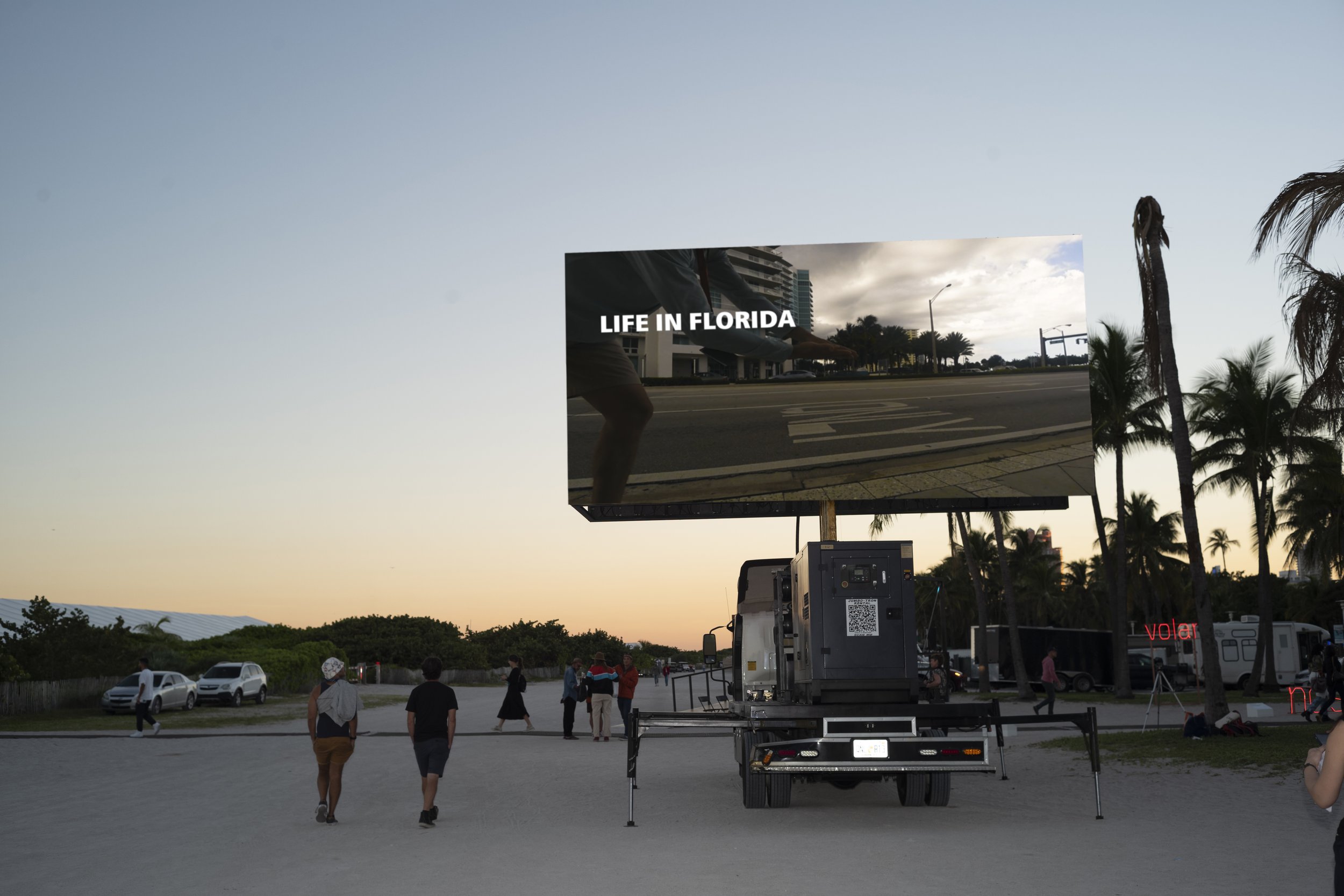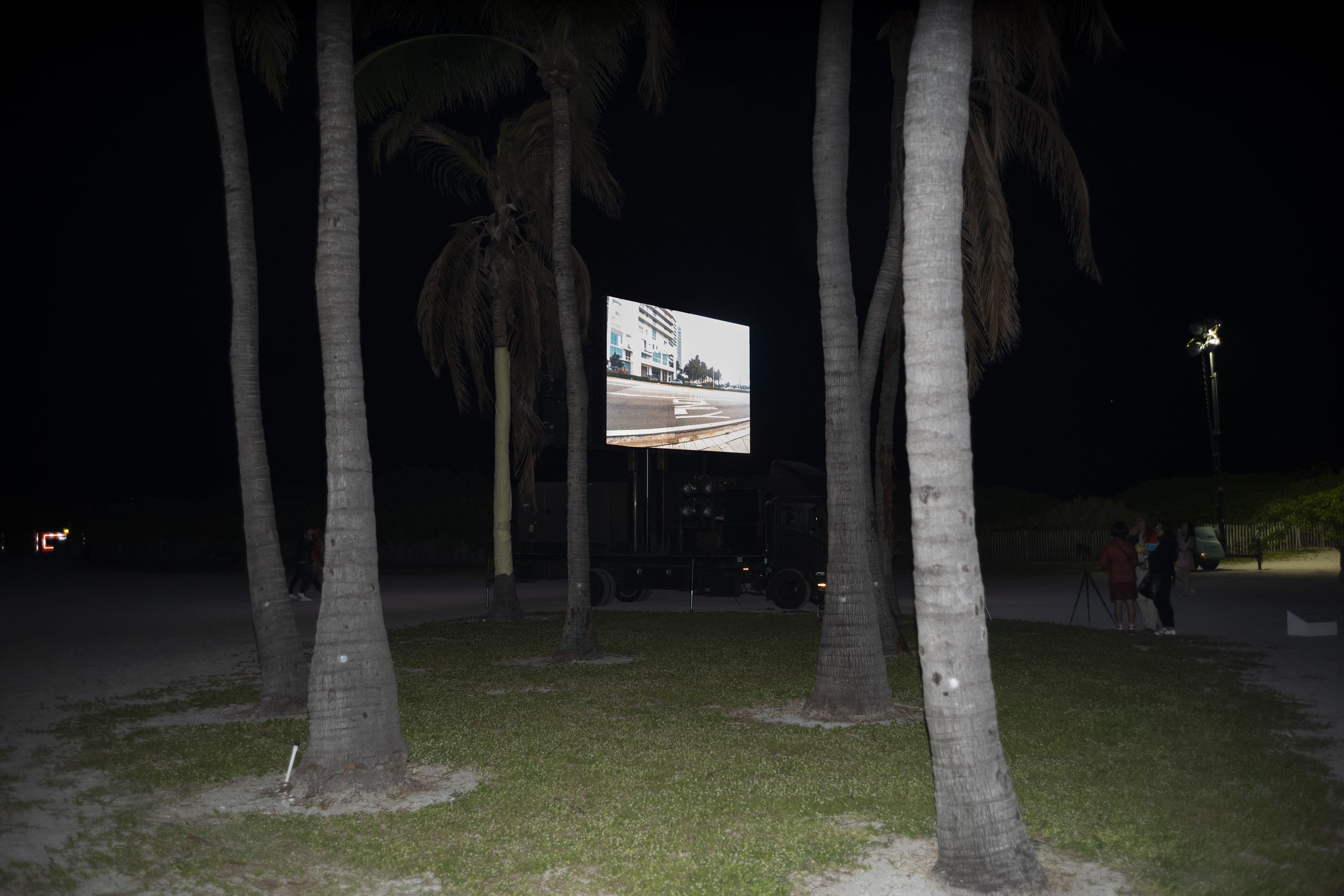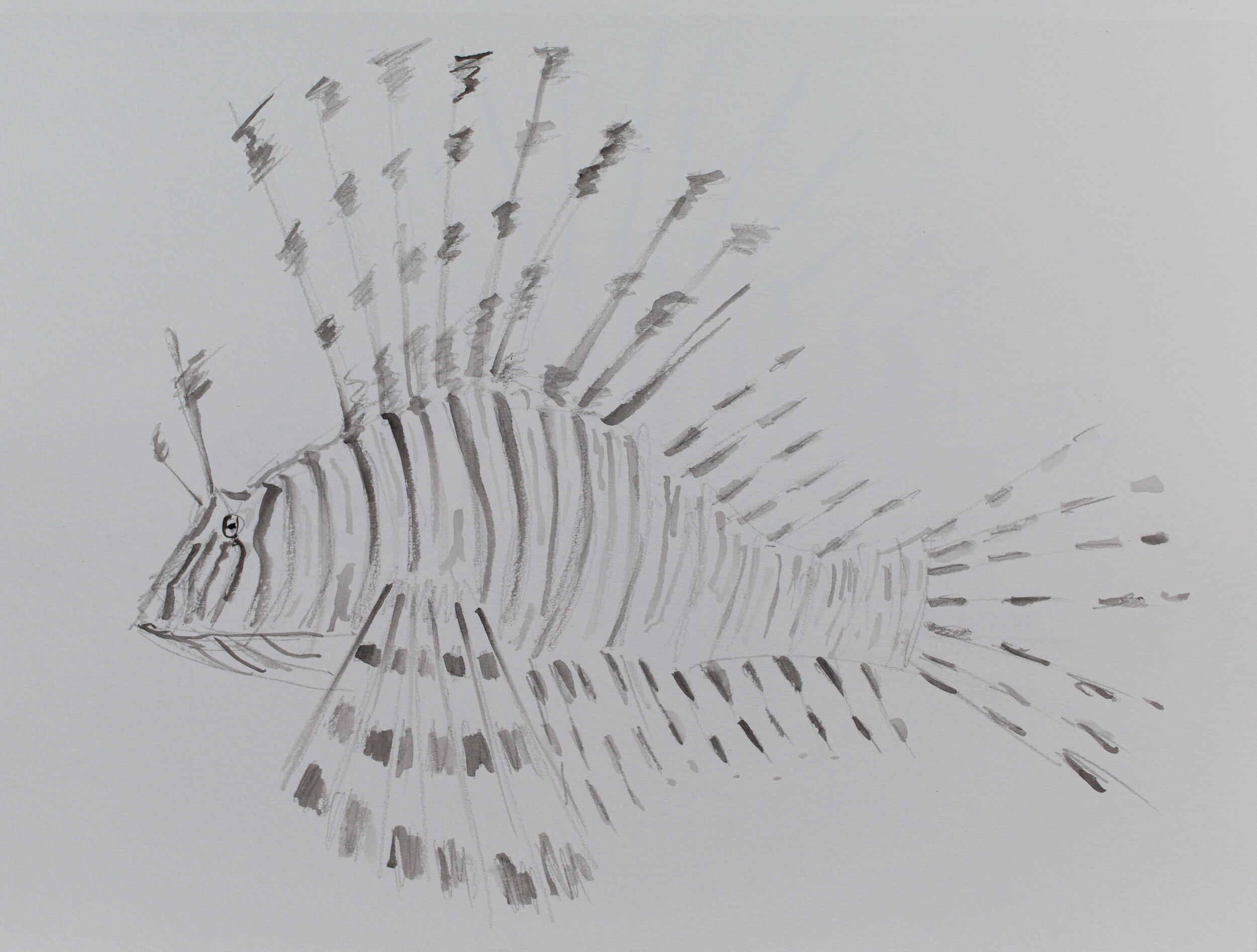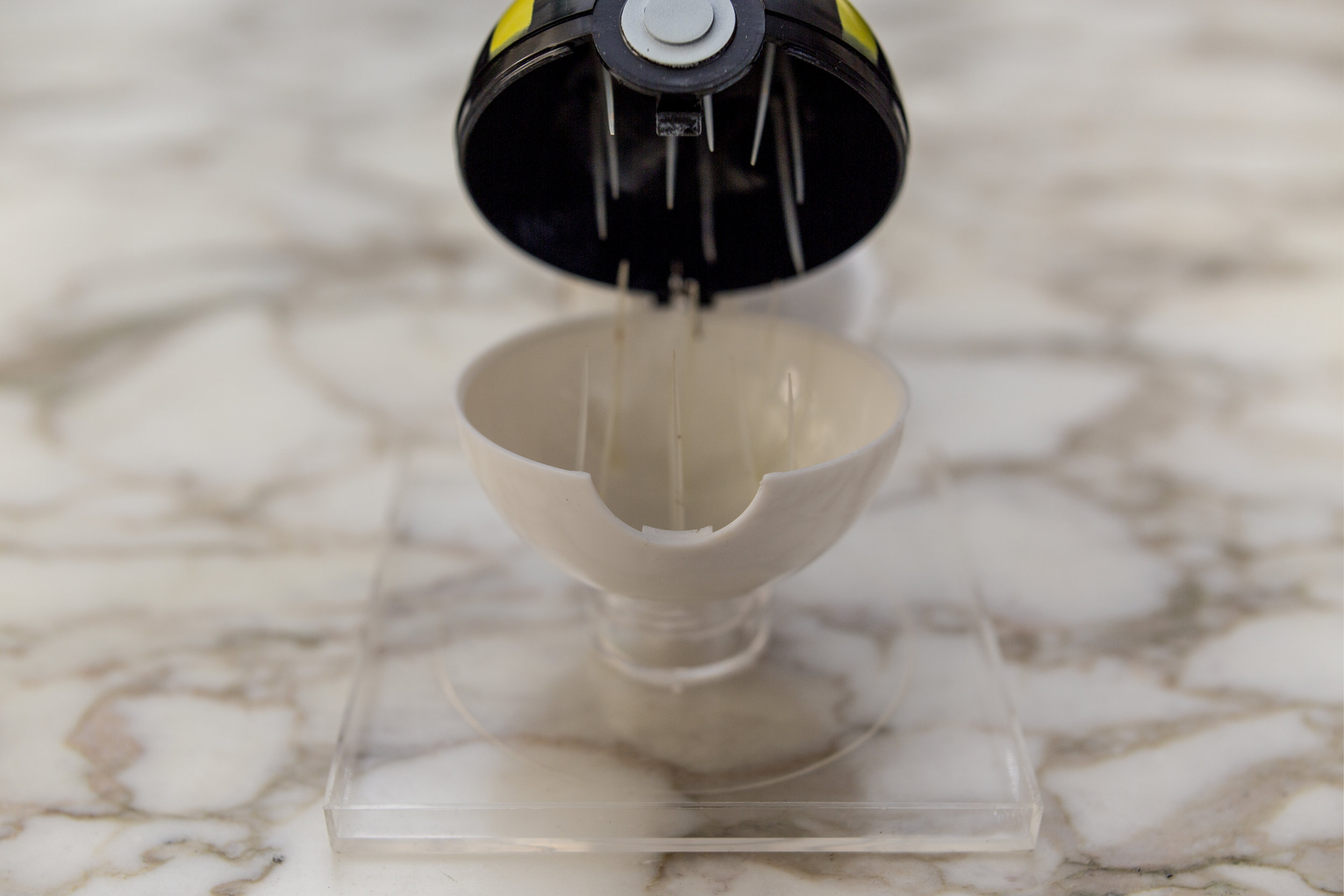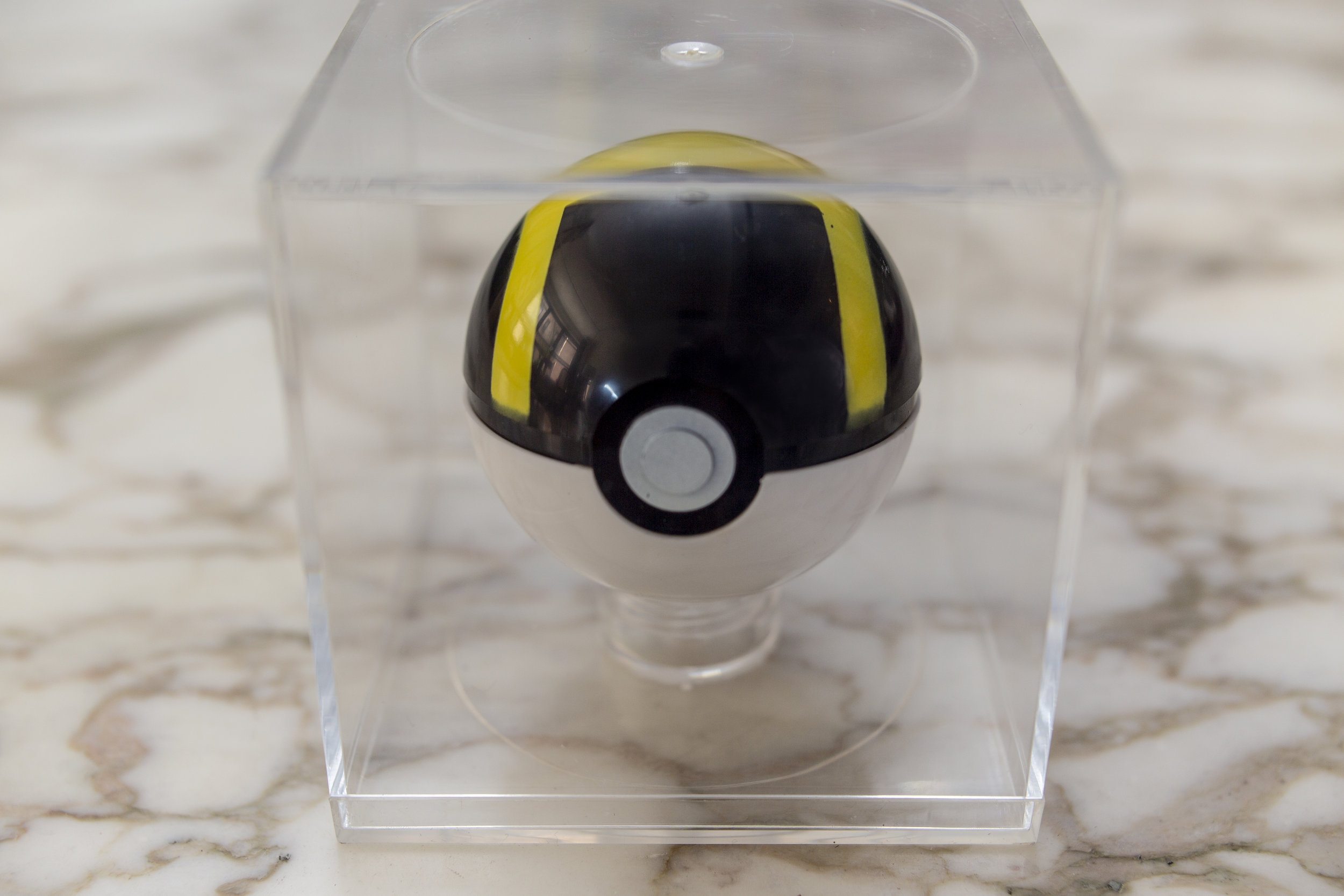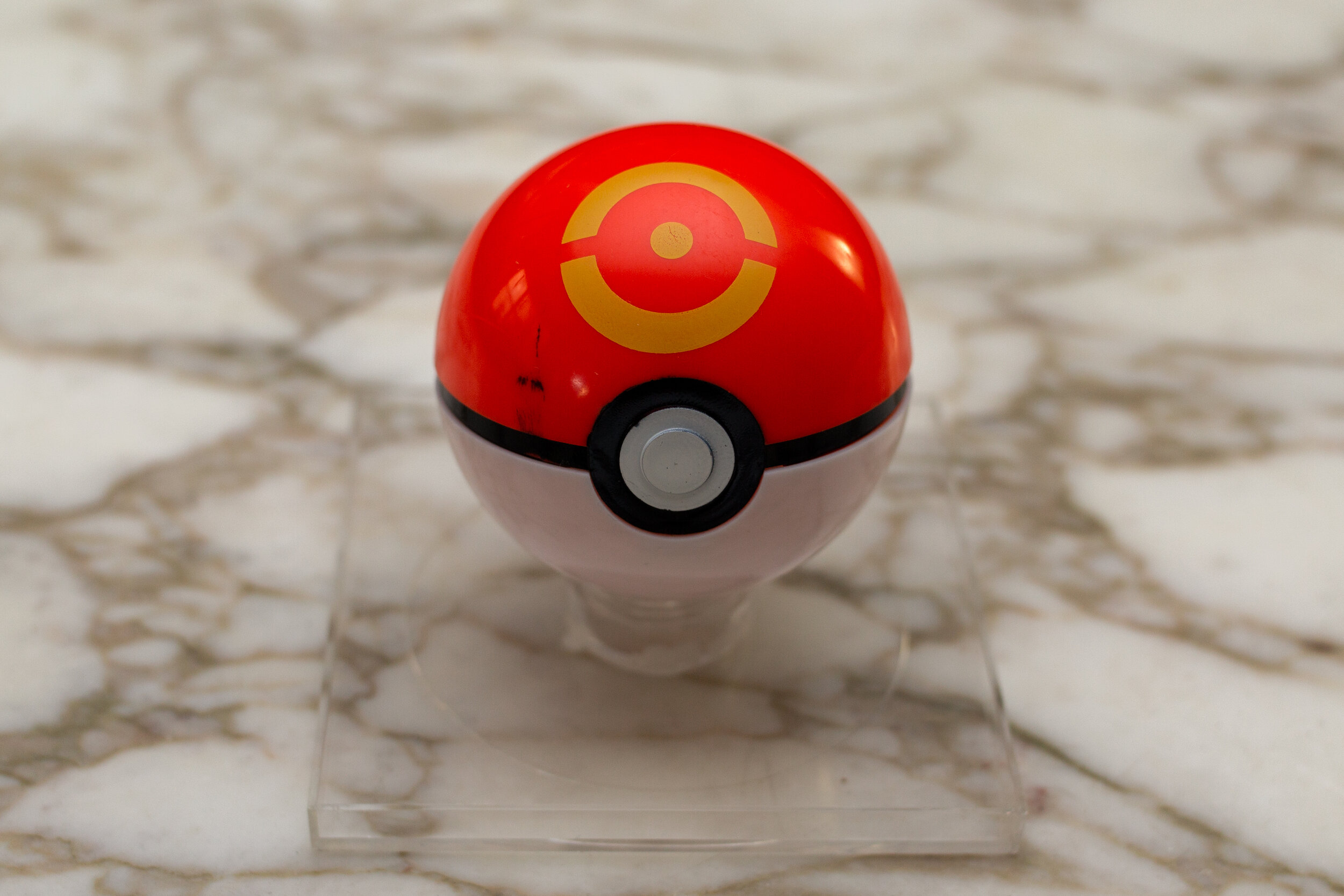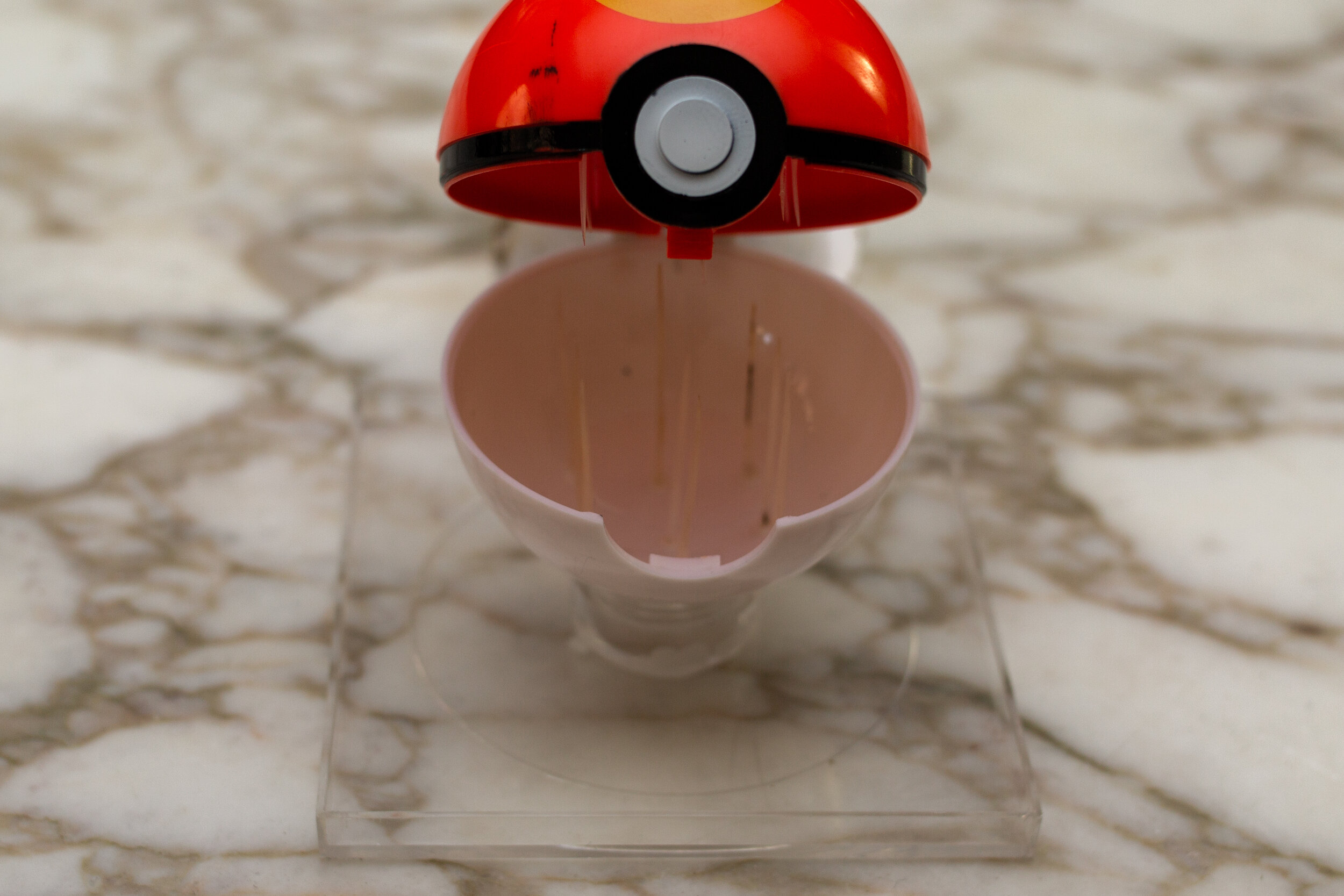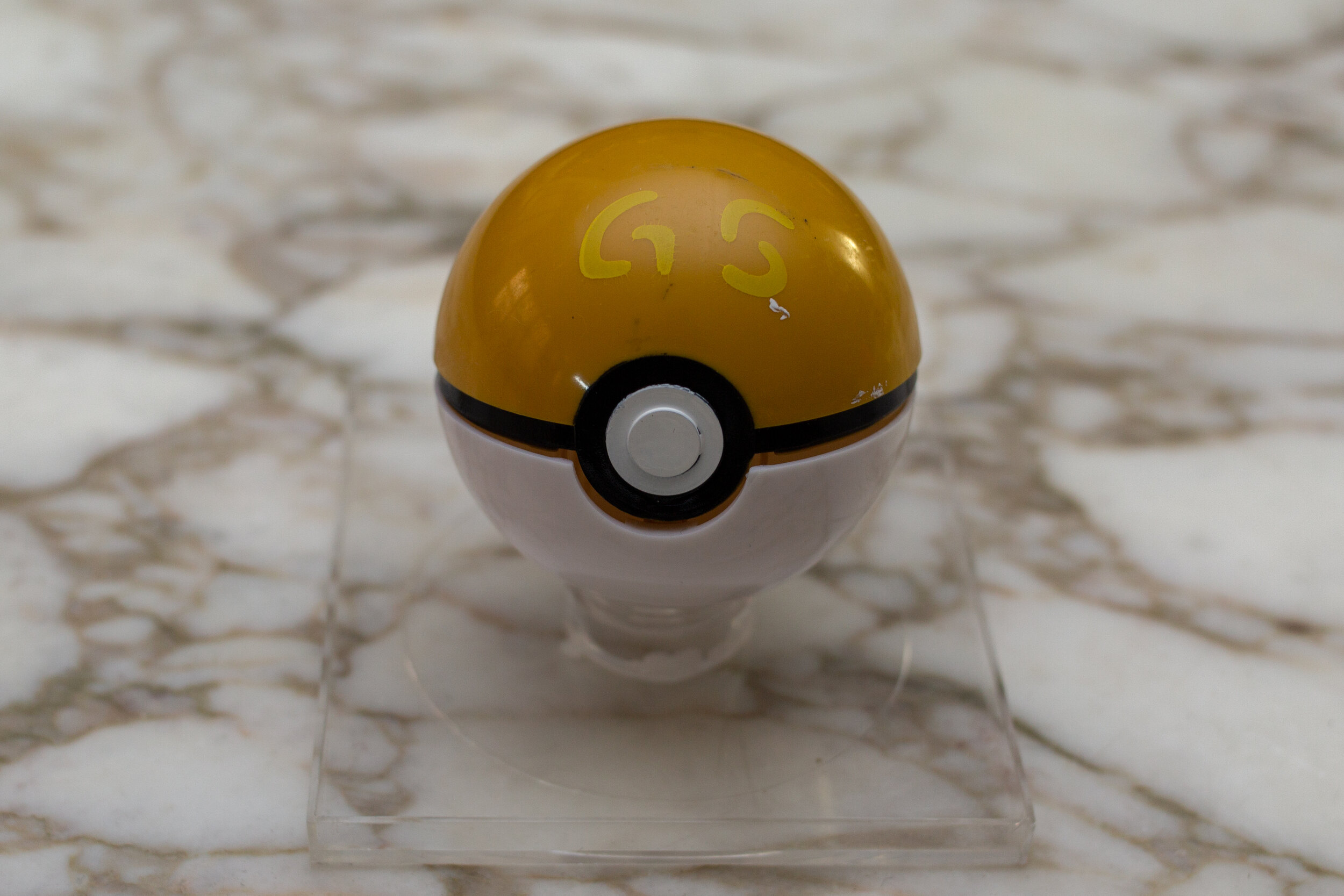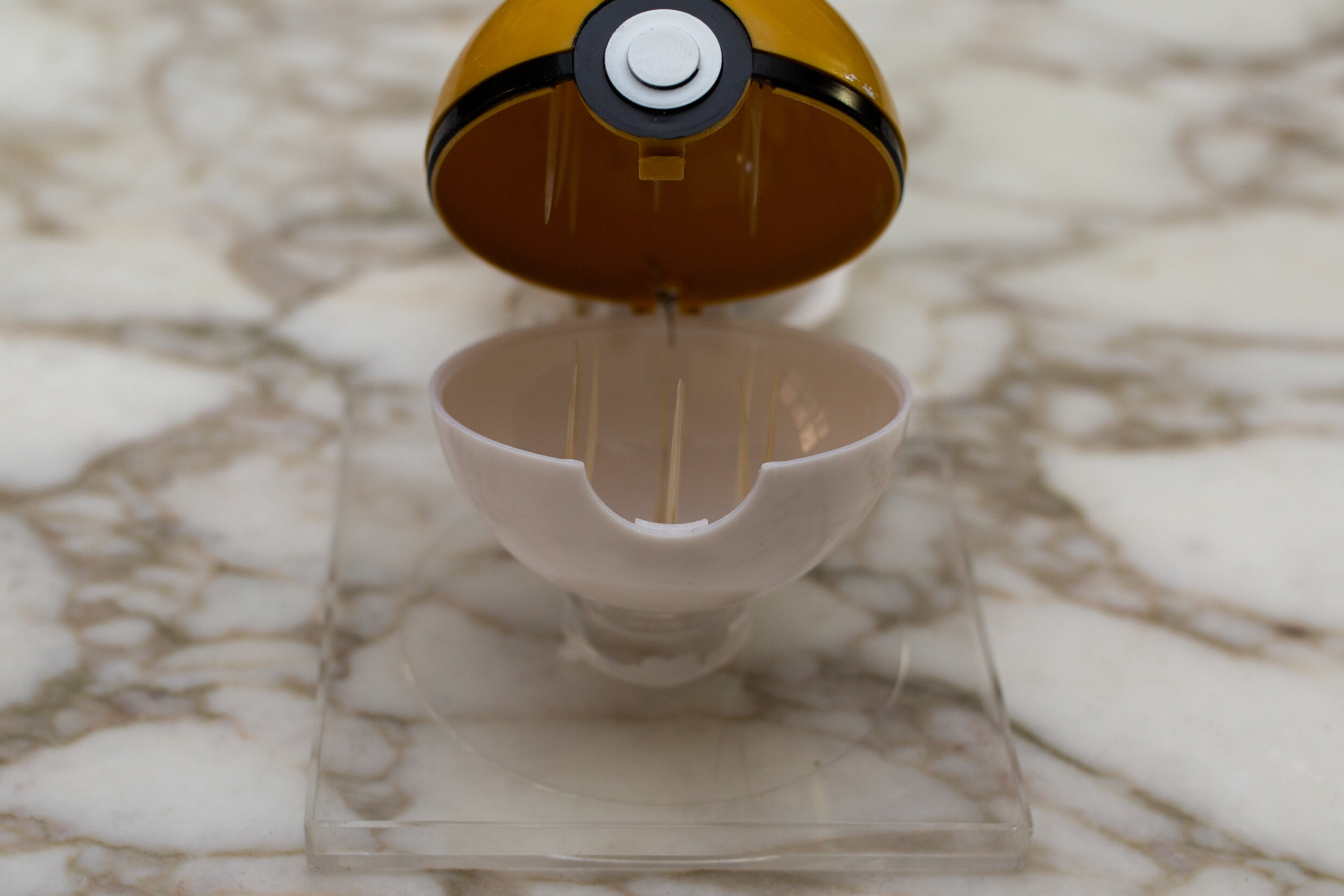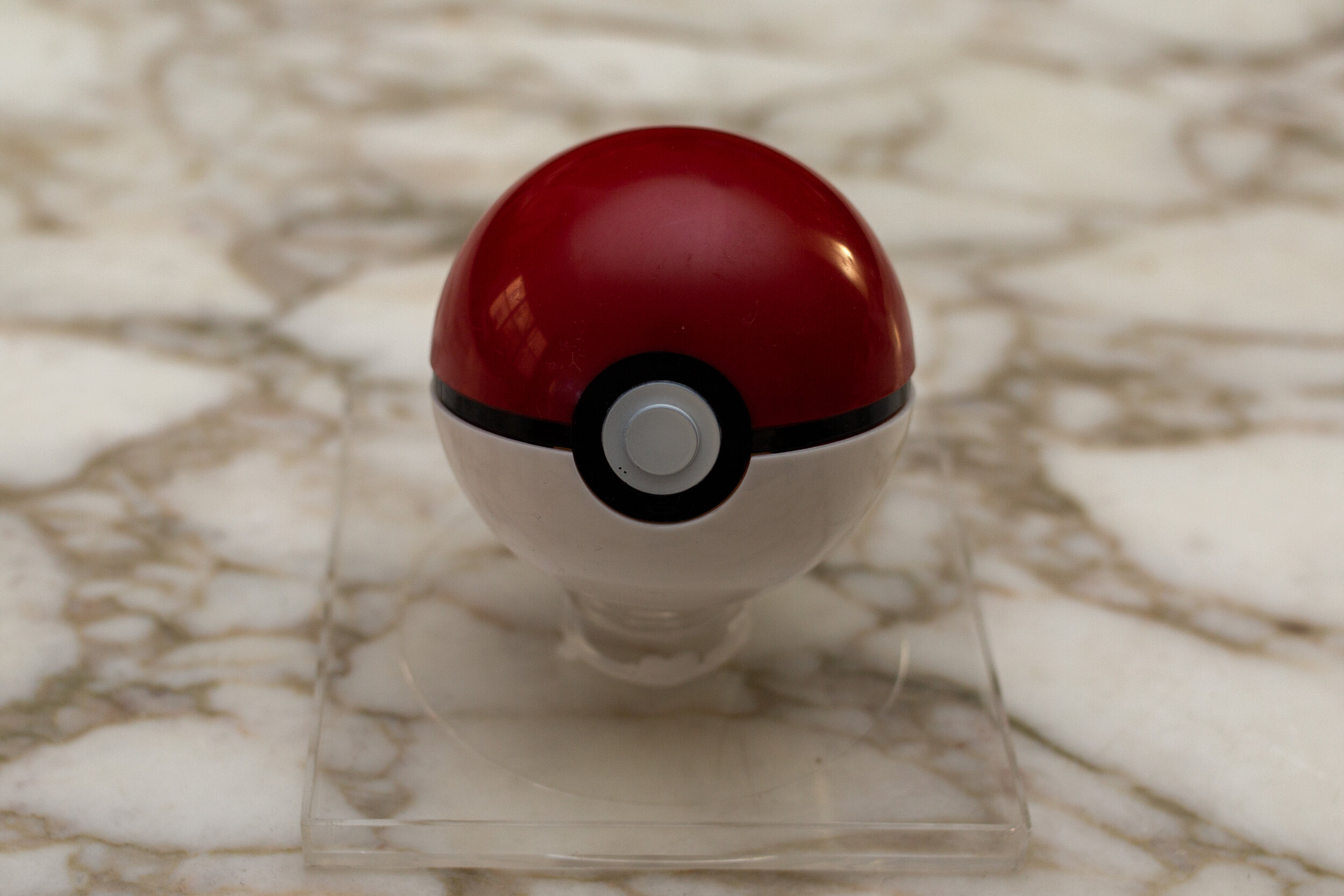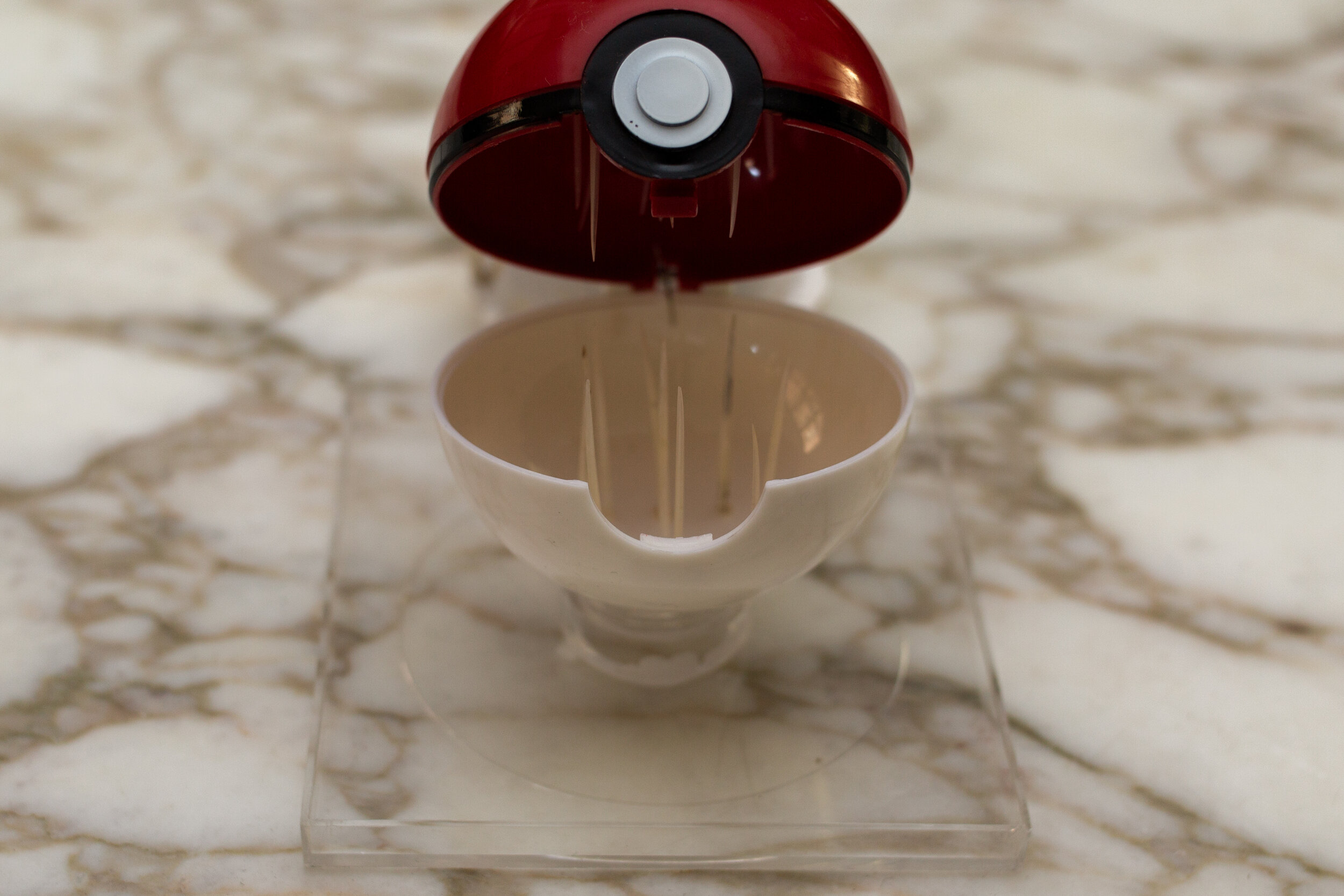BBL 2461 WEST
2021
Reclaimed wood from Hurricane Ida, three street tree guards, rope. Dimension vary. 2021.
The west side of BBL 2461 faces the Grand Concourse. In August of 2021, a large tree branch fell onto a parked car. For days the branch blocked traffic. After four days, someone cut the branch and placed it in segments on the sidewalk, but no entity or authority removed the branches, which now blocked pedestrian flow. Realizing the amount of wood, and the need for tree guards on the north half of the 900-block of the Grand Concourse, I made an improvised guard, utilizing the larges part of the branch as a seat.
Tree guards extend the life of street trees as well as beautify the neighborhood.

